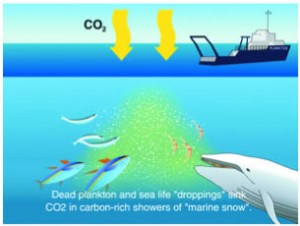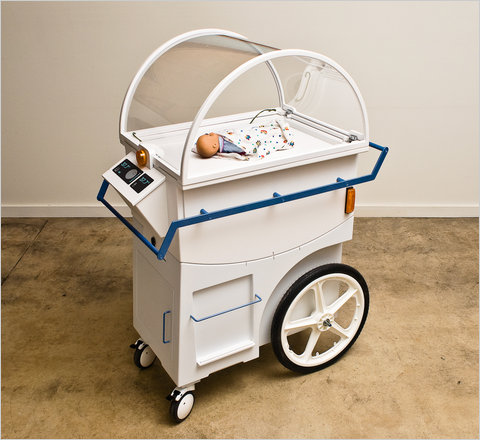Last year I wrote a series on this blog about the environment entitled ‘Can We Improve the Health of the Planet?’ Read all of the posts and report on the series here through the Bassetti Foundation website. The posts received a lot of comments, and one of the most commented was a post about geo engineering called ‘Engineering a Solution to Global Warming’.
To summarize the argument we are talking about ways of cooling the planet using technological intervention.
One of the modes put forward and that I addressed in the post is to remove carbon from the atmosphere in an attempt to minimize the problem of global warming due to heat retention.
This week in Nature magazine a short article appeared that described an experiment that according to the researchers that conducted it seems to be the first time large amounts of carbon have been removed from the atmosphere and stored.
In the case in question scientists have used iron sulphate and the ocean. The iron is dropped into the water which causes a chain if events that pulls the carbon from the atmosphere, hopefully for good.
The iron in powder form stimulates the growth of algae that lives for about 3 to 4 weeks. Their growth relies on carbon from the air, drawn through photosynthesis. When the algae dies or is eaten and excreted it sinks to the bottom taking all of the carbon with it.
One of the scientists involved in the experiments states that a single atom of iron draws 13000 atoms of carbon from the air, a large proportion of which finds its way to the ocean floor.
Many scientists are skeptical however. The amount of carbon removed is quite literally a drop in the ocean compared to that produced, and critics argue that this insignificant result could open the gates for other geo-engineering experiments, some of which (as my previous post outlined) seem rather unwise.


